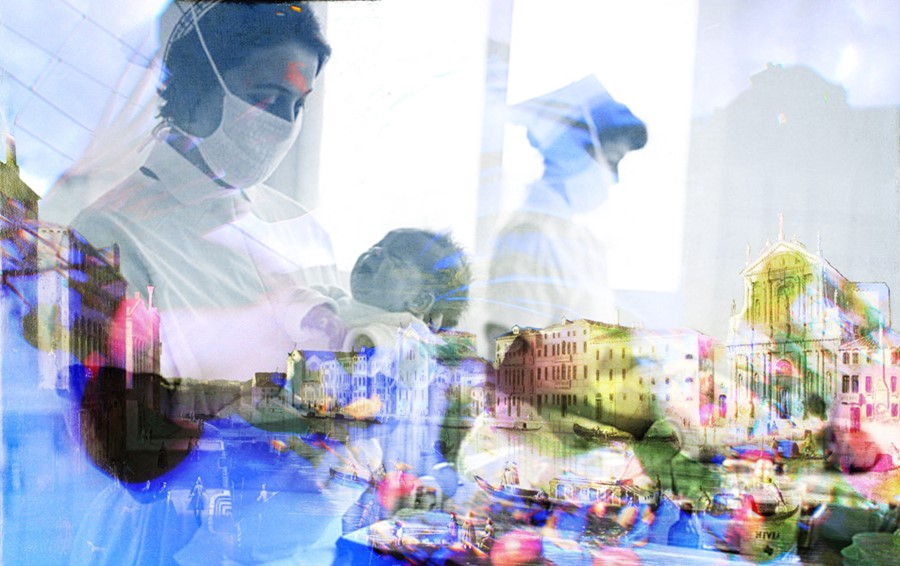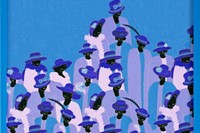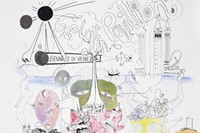You can find anything you want at the Venice Biennale – if you’ve got the time. Trawling the 80-odd national pavilions, the private collections and extra curricular art projects that have spread out from the nexus of the Giardini to the palazzos and
You can find anything you want at the Venice Biennale – if you’ve got the time. Trawling the 80-odd national pavilions, the private collections and extra curricular art projects that have spread out from the nexus of the Giardini to the palazzos and churches dotted everywhere along the city's narrow alleys is a daunting business.
There’s sex of course – Nathalie Djurberg’s grown-up fairytales full of hungry wolves and naughty little girls realised in stop motion animation with plasticine puppets are a grubby and glorious delight amidst the many knock-out works from the Fondazione Prada on show at Ca Corner Della Regina. (Charles Ray’s early Ink Bath and some beautiful Arte Povera pieces are further must-sees of the collection.) Gelitin provided rock'n'roll with their wood fire furnace in the garden of the Arsenale – Japanther were chopping wood to feed the furnace while playing head-splitting punk rock on my visit.
This year’s curator of the International Exhibition spread across the Arsenale and Italian Pavilion, Bice Curiger delivers all manner of sensory delight, from Elad Lassry’s ballet film where body beautiful dancers in primary coloured unitards perform elegant moves, to Pipilotti Rist’s wittily kitsch sparkly paintings of Venice waterways, whose skies are animated with seductive-cum-repulsive film projections of swimming nudes, cooking and the insides of our bodies. Most delicious by far is Karla Black’s Scottish Pavilion. Sickly sweet sculptures in lusciously hued soap, delicate sugar paper creations and mounds of dirt decked the upper floors of an ancient palazzo.
The dominant note however is politics. Giardini show-stopper, Track and Field by Allora & Calzadilla, makes a punchy comment on American imperialism and military muscle: outside their American pavilion they've installed an overturned tank where a pumped-up He Man performs a running machine work-out atop its rotating wheels. Thomas Hirschhorn’s Swiss pavilion sees his trademark all-consuming installations crafted from brown tape, cardboard, philosophy books and Internet images of global carnage reach new levels of overwhelming excess with mobile phones, glossy magazines, ear-buds, crystals and shards of broken beer bottles seemingly protruding from every surface.
The high point though is surely Yael Bartana’s ambitious film trilogy in the Polish pavilion, portraying the rise and fall of a fictional bespectacled Jewish cult leader intent on uniting the world’s oppressed and bringing the Jews back to Poland. Bartana depicts the cult’s kibbutz-building activities, its leader’s speeches and final memorial service with a thrilling, ambiguous mixture of dead-pan humour, idealism and foreboding.
Text by Skye Sherwin



